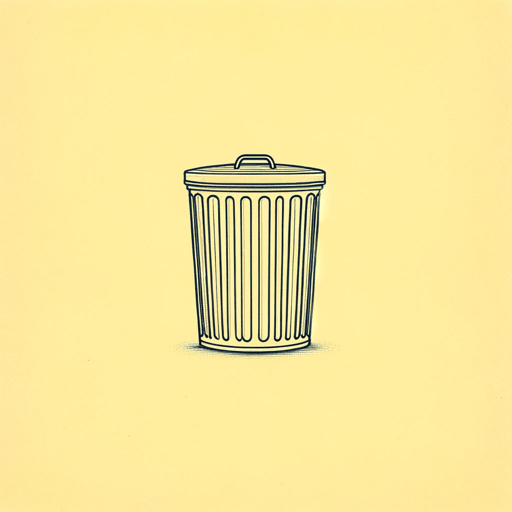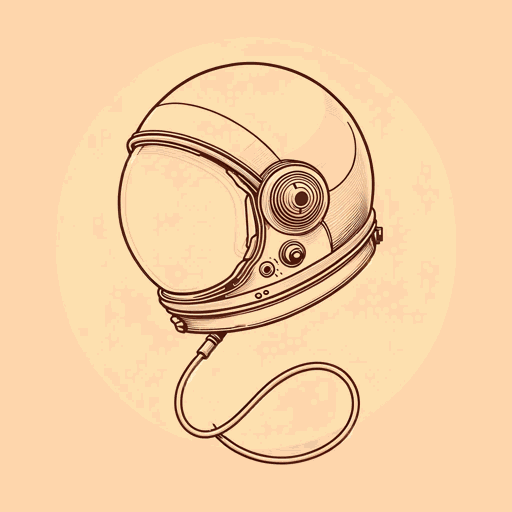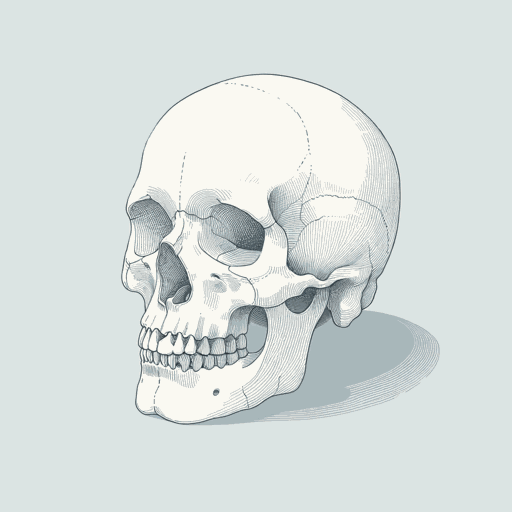56 pages • 1 hour read
Mary RoachFuzz: When Nature Breaks the Law
Nonfiction | Book | Adult | Published in 2021A modern alternative to SparkNotes and CliffsNotes, SuperSummary offers high-quality Study Guides with detailed chapter summaries and analysis of major themes, characters, and more.
Chapters 10-12Chapter Summaries & Analyses
Chapter 10 Summary: “On the Road Again: Jaywalking with the Animals”
Bird strikes can be costly or even deadly, especially with aircraft. Therefore, the NWRC has a branch that works with NASA, the Federal Aviation Administration (FAA), and the USDA to study bird-strike mitigation. Small birds generally do not cause much harm unless they are in a big group. Larger birds, like turkey vultures and pelicans, can do significant damage. Starlings, which fly in large formations, are sixth on the list of bird strikes, but it only took one or two Canadian geese to make Captain Sullenberger land his plane in the Hudson River (191). However, white-tailed deer are in more collisions with aircraft than many birds, interfering with planes during takeoff, landing, and taxiing (191). To investigate the reasons for deer collisions, the author tags along with Travis DeVault, a wildlife biologist with NASA’s Plum Brook Station.
DeVault studies the so-called “deer in the headlights” phenomenon, where deer see an oncoming object and freeze instead of getting out of the way, especially when the object is as large as an aircraft. Birds and mammals maintain a “spatial margin of safety” (193), an assessment of how far away a predator is and how fast it’s moving, giving them a “flight initiation distance” (FID), the closest point at which they can safely flee.
Related Titles
By Mary Roach
Featured Collections
Animals in Literature
View Collection
Common Reads: Freshman Year Reading
View Collection
Earth Day
View Collection
Equality
View Collection
Laugh-out-Loud Books
View Collection
Mortality & Death
View Collection
New York Times Best Sellers
View Collection
Science & Nature
View Collection
True Crime & Legal
View Collection



